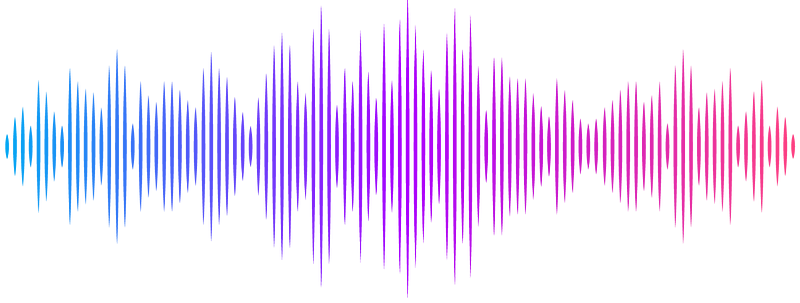Normal breast tissue classifiers assess large-scale tissue compartments with high accuracy

Normal breast tissue classifiers assess large-scale tissue compartments with high accuracy
Chen, S.; Parreno-Centeno, M.; Booker, G.; Verghese, G.; Mohamed, F. S.; Arslan, S.; Pandya, P.; Oozeer, A.; D'Angelo, M.; Barrow, R.; Nelan, R.; Sobral-Leite, M.; Martino, F. d.; Brisken, C.; Smalley, M. J.; Lips, E.; Gillett, C.; Jones, L. J.; Banerji, C. R. S.; Pinder, S. E.; Grigoriadis, A.
AbstractBackground: Cancer research emphasises early detection, yet quantitative methods for analysing normal tissue remain limited. Hematoxylin and eosin (H&E)-stained tissues in digitised whole slide images (WSIs) enable computational histopathology; however, artificial intelligence (AI)-based analyses of normal breast tissue (NBT) remain scarce. Methods: We curated 70 WSIs of NBTs from multiple sources with pathologist-guided manual annotations of epithelium, stroma, and adipocytes, and developed robust convolutional neural network (CNN)-based, patch-level classification models, named NBT-Classifiers, to tessellate and classify NBTs at different scales. Data and code are available at https://github.com/cancerbioinformatics/OASIS and https://github.com/cancerbioinformatics/NBT-Classifier. Findings: Across three external cohorts, NBT-Classifiers trained on 128 x 128 um and 256 x 256 um patches achieved AUCs of 0.98-1.00. Two explainable artificial-intelligence (AI)-visualisation techniques confirmed the biological relevance of tissue class predictions. An end-to-end WSI pre-processing framework was then integrated, capable of localising lobules and peri-lobular stroma. The outputs are compatible with the QuPath v0.3.0 platform and enable downstream digital image analysis, such as texture and nuclei morphology assessment, at the patch level. Interpretation: NBT-Classifiers represent a robust, generalisable, end-to-end deep learning framework, which will enable broader application in studies of normal tissues, in the context of breast and breast cancer. Funding: The Breast Cancer Research Trust, Breast Cancer Now (and their legacy charity Breakthrough Breast Cancer), the Medical Research Council (MRC) [MR/X012476/1], Cancer Research UK [CRUK/07/012, KCL-BCN-Q3], and CRUK City of London Centre Award [CTRQQR-2021/100004].